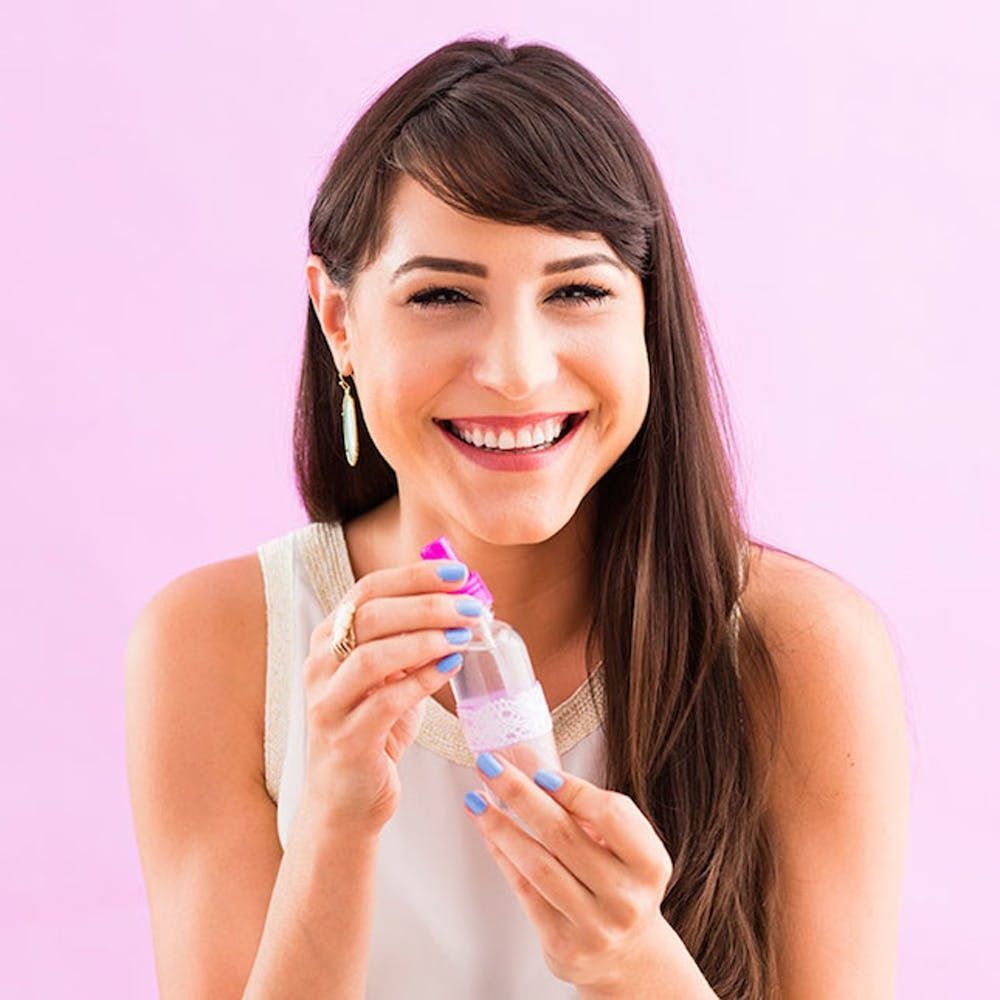If you’re looking for aromatic, luxurious and effective personal-care products made with naturally derived ingredients, we’ve got just the place for you. Whole Foods is a long-standing resource for high-quality natural beauty buys. Their rigorous standards actually prohibit 50 ingredients common in conventional body-care products from appearing in any products they carry. We’re sharing the freshest, healthiest and most minimally processed beauty buys you can snap up at this beloved grocery store.
1. Giovanni’s Avocado + Olive Oil Ultra-Moist Shampoo and Conditioner Set ($20): We love that this intensely moisturizing duo includes a creamy blend of avocado and olive oil that’ll replenish brittle hair and upgrade dull locks. if you’re a heat-styling junkie, you might want to get your hands on this. The vitamin E and Omega Fatty Acids-rich complex works to strengthen heat-damaged hair and prevent split ends.
2. Andalou Naturals Night-Repair Cream ($16): Looking for a product that provides all the luxury of an expensive night cream without the expense? Andalou’s night cream delivers concentrated doses of antioxidants paired with regenerating fruit stem cell science to promote circulation, slow cellular damage and speed up healthy cell renewal.
3. Everyday Coconut Shampoo and Body Wash ($9): We love the extra-gentle, non-irritating formula of this shower must-have. Certified Fair Trade unrefined shea butter and virgin coconut oil make it perfect for sensitive skin, and it’ll leave both your hair and body super soft. Not to mention, it smells good enough to eat!
4. Crystal Body Deodorant Stick ($7): Keep any BO at bay with a deodorant that’s both hypoallergenic and paraben free. Unlike other deodorants, Crystal Deodorant is made up of all natural mineral salts and is completely free of aluminum chlorohydrate or aluminum zirconium.
5. Dr. Hauschka Rose Day Cream Light ($30): Umm… J.Lo uses this miracle cream, and that’s enough for us. Still need more info before you’re convinced? The fortifying yet lightweight cream is perfect for sensitive skin with its soothing blend of rose extract, marshmallow and anthyllis.
6. Aztec Secret Indian Healing Clay ($7): Made out of 100-percent-natural calcium bentonite clay, this stuff is a beauty guru’s secret antidote. It boasts a multitude of uses and benefits, so you’ll want to whip this out for facials, acne treatment, clay baths, foot soaks and even insect bites.
7. Mychelle Fabulous Eye Cream ($30): Brighten tired eyes with this travel-friendly and vegan-friendly eye cream. Made with revolutionary edelweiss plant stem cells that inhibit collagen breakdown, this fabulous treatment will leave your eyes looking stunning. Yeah, you’re welcome.
8. Evan Healy Rosehip Treatment Facial Serum ($25): Treat yo’self with Evan Healy’s vitamin-rich rosehip seed oil. Incredibly versatile, the treatment can soften scars, smooth fine lines and even fade hyper-pigmentation.
9. Honest Organic Lip Balm Trio ($9): Not only does this lip balm trio leave your lips smoother and more hydrated, but it also makes the perfect stocking stuffer for colder months. As if their delicious-sounding names aren’t enough, did we mention it’s organic? Yup, you’re gonna want all three in your purse.
10. Heritage Store Rose Petals Rosewater ($9): If you’re looking for the perfect afternoon pick-me-up to get you through the day, we’ve got just the thing. A spritz or two of rosewater not only gives you an instant glow, but also leaves you smelling like you’ve just been frolicking in a field of flowers.
11. 365 Everyday Value Tea Tree Oil ($24): Whether you’re looking for a cure for a bacterial infection or you’re looking for something to make that zit go away, tea tree oil has got your back.
12. Waxelene Lip Tube ($4): Made of organic soy oil, beeswax, organic rosemary oil and natural vitamin E from soybeans, here’s the all-natural petroleum jelly alternative for dry skin, chapped lips, makeup and more.
13. Weleda Skin Food ($9): Like dealing with dry, rough hands? Yeah, neither do we. Skip the hand torture and grab some skin food on your next grocery run. Quench your thirsty skin with moisturizing pansy and calendula extracts. Your hands will thank us.
Which of these Whole Food beauty buys do you swear by? Do you know one that we forgot to mention? Let us know in the comments below!
